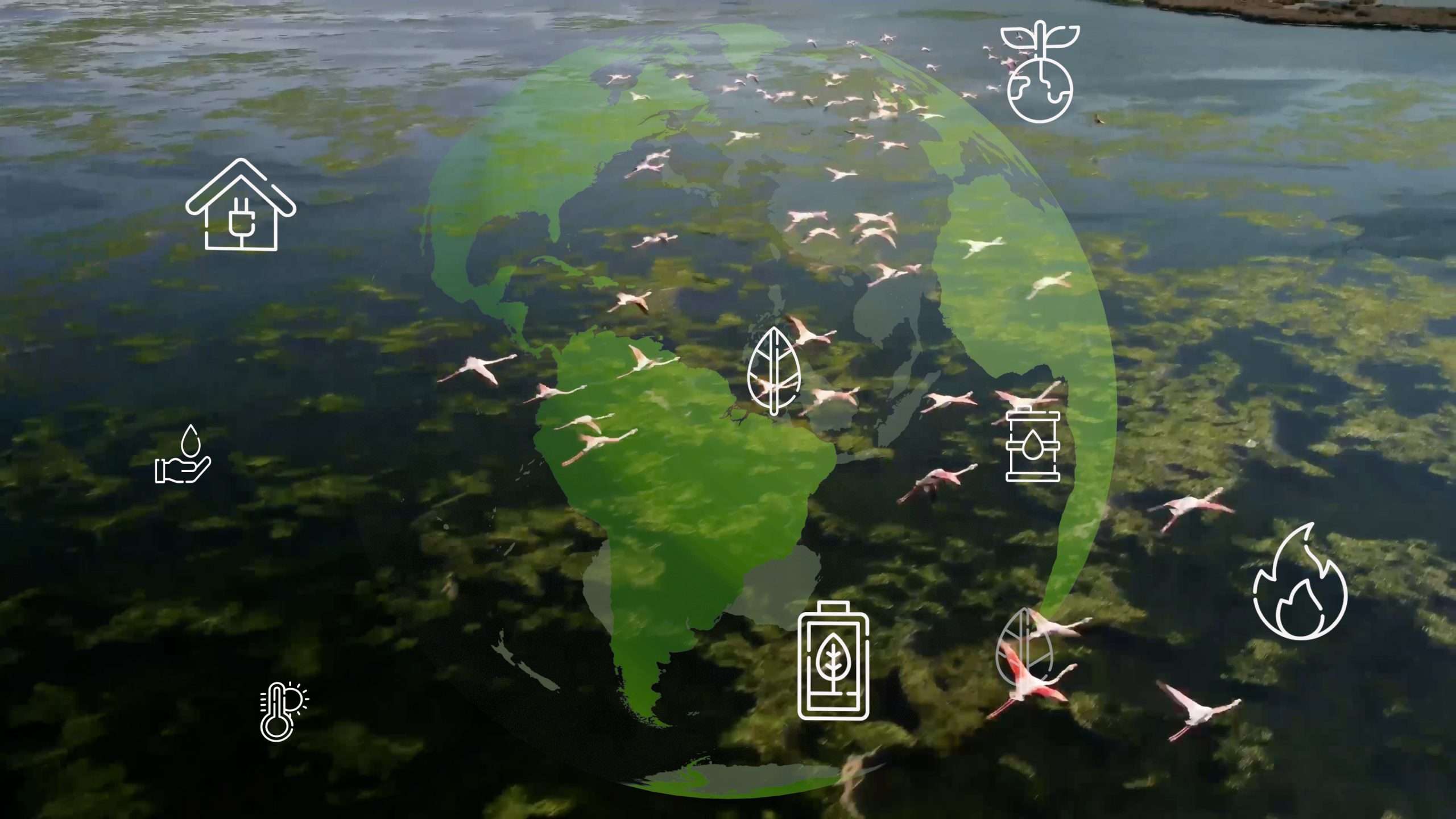One of the lessons of the last twenty years or so has been the need for governments, regulators, companies, charities and others to consider different scenarios and their effect on outcomes. There sems to be an optimism bias built into the decision-making of most organisations. For example, a recently published study of World Bank projects demonstrated that 60% of projects were prone to optimism bias.
Optimism bias and climate change
Optimism bias affected how the world responded to Covid. When it comes to economic growth forecasts by international agencies such as the International Monetary Fund, the same thing applies. House price behaviour is notoriously fuelled by optimism. Optimism seems to be an important component of every crisis situation, so much so that it has been argued by Tali Sharot that it is built into human nature.
Financial regulators are aware of the optimism bias, but no-one likes Cassandras, even when their predictions turn out to be correct, as did Cassandra’s! However, as the above-mentioned examples show, correction to the optimism bias is necessary. At the centre of removing the optimism bias is the need for honest appraisal of the risks that apply in any situation.
Climate scenario analysis
For this reason, the US Federal Reserve Board will be launching a pilot climate analysis exercise in early 2023. The aim is to improve the ability of regulatory supervisors and of firms to deal with climate risk. The method used will be measuring resilience of banks to different hypothetical risk scenarios. Banks will assess how each scenario affects specific portfolios and business strategies. This will be followed by work to improve their resilience.
Banks are at the pinnacle of capitalism. If they fail to deal with a challenge, the effects are felt not just in the banks but throughout the economy. However, banks’ exposure to climate does not depend only on their own activities, but on the activities and behaviour of the thousands of investors and borrowers who constitute their client base, just as the Credit Crunch can be attributed partly to the serious imprudence of millions of borrowers and savers and the poor risk management strategies of governments – of course facilitated by imprudent behaviour of financial institutions.
Risk – getting it right
One of the causes of the Credit Crunch was opaqueness of data on risk. Portfolios of assets were bought and sold without clear evidence of their inherent risk. Today, the same thing applies to environmental data. The world is slowly coming to grips with what environmental risks are, and how they affect everything from individual companies and investors to their effects on whole countries and continents. As usual, the debate on riskiness is coloured by often-unsupported assertions from all sides, from optimists who minimise estimates of the risks and pessimists who exaggerate them. But who can know who is right?
One of the most important inputs into assessments of environmental risk must be data about what firms and countries are doing now and what they are planning to do. The difference between financial and environmental risk is that with the former, there are generally accepted criteria for gathering and assessment of data, while for the latter, there are no standards – although they are emerging. That is why the work we are doing on environmental data disclosure and analysis, to predict the world’s CO2 emissions trajectory, partly funded by a grant from Innovation UK, is so vital to managing environmental risks.
Access our ESG reports on U.S. banks below
– JPMorgan Chase & Co. ESG report
– Goldman Sachs Group ESG report
– Morgan Stanley ESG report
– Bank of America ESG report
– Citigroup ESG report
– Wells Fargo & Co. ESG report
– Barclays PLC ESG report
– Credit Suisse ESG report
– Deutsche Bank ESG report
